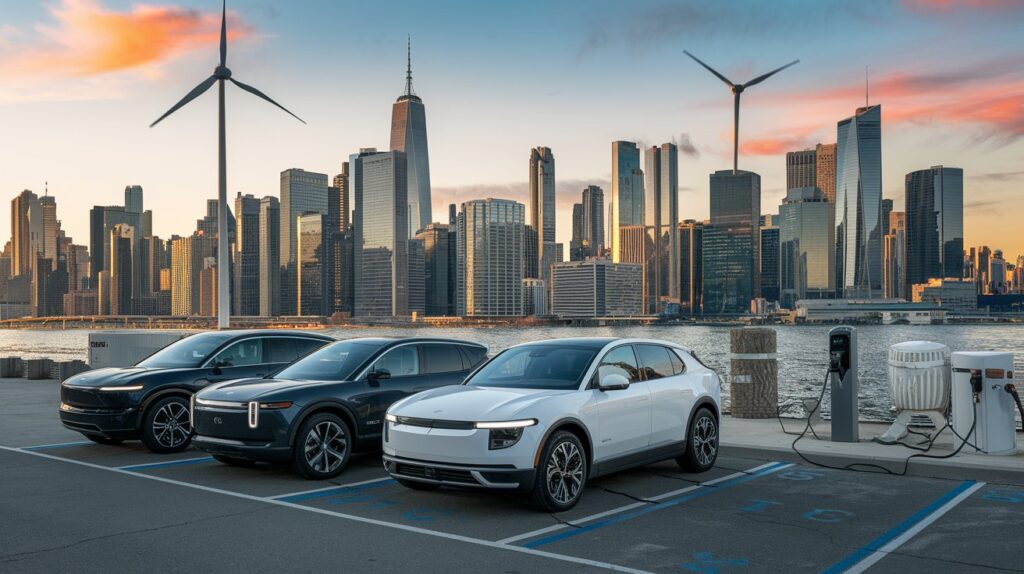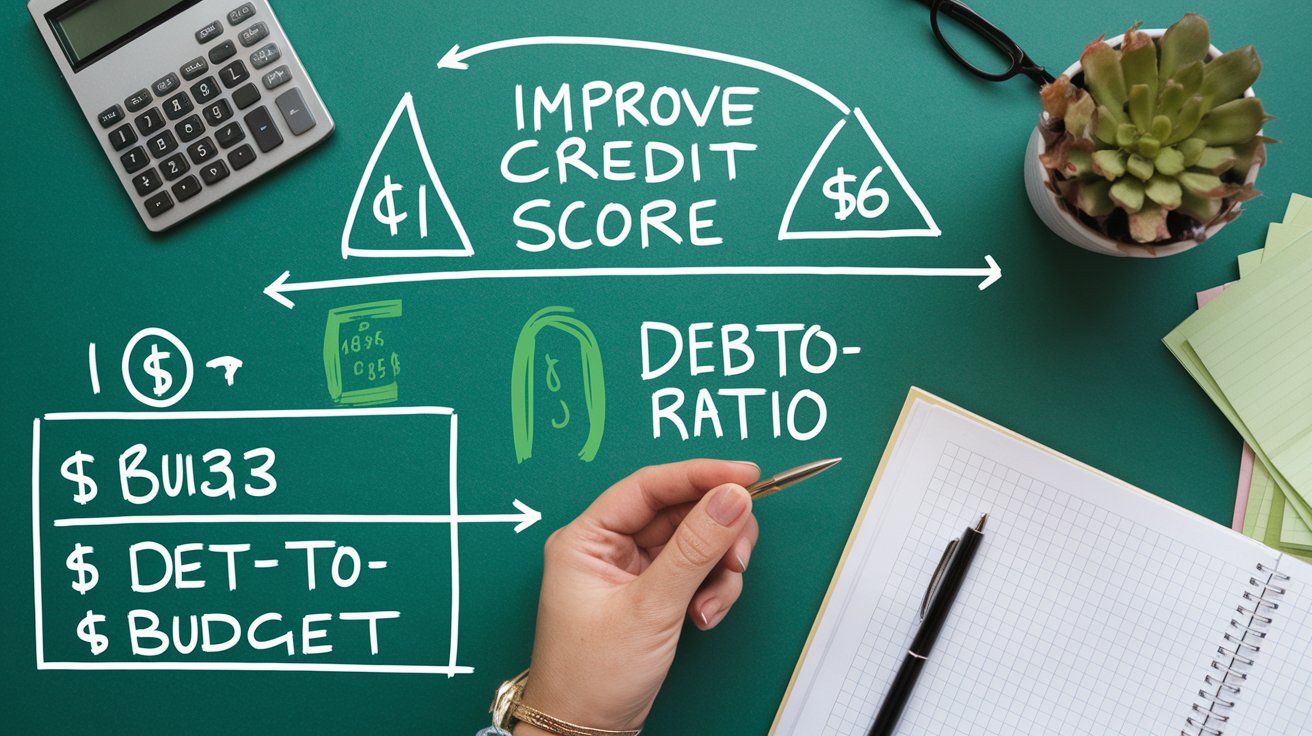How to Plan for Big Purchases Like Homes or Cars: A Step-by-Step Guide to Smart Financial Decisions
Making big purchases like homes or cars is a significant milestone in life. However, without proper planning, these investments can quickly turn into financial burdens. This comprehensive guide will walk you through the essential steps to plan for big purchases, ensuring you make informed decisions that align with your financial goals. Whether you’re buying your dream home or upgrading to a new car, this article will help you navigate the process with confidence.
Table of Contents
Why Planning for Big Purchases is Crucial
Big-ticket items like homes and cars are long-term investments that require careful consideration. A well-structured plan not only helps you avoid overspending but also ensures you’re prepared for hidden costs and future financial obligations. According to a recent report by the National Association of Realtors, 60% of homebuyers regret not planning their finances better before purchasing a home. Similarly, car buyers often overlook the total cost of ownership, leading to unexpected expenses.
By following this guide, you’ll gain the knowledge and tools needed to make smarter financial decisions, ensuring your big purchases are both rewarding and sustainable.
Step-by-Step Plan for Big Purchases
1. Assess Your Financial Health
Before diving into any major purchase, evaluate your financial situation. Start by checking your credit score, as it plays a critical role in securing favorable loan terms. According to Experian, a credit score of 700 or above is ideal for qualifying for low-interest rates on mortgages and car loans.
- Actionable Tip: Use free credit monitoring tools like Credit Karma to track your credit score and identify areas for improvement.
2. Set a Realistic Budget
Determine how much you can afford without straining your finances. For homes, financial experts recommend keeping your mortgage payment below 28% of your monthly income. For cars, consider the 20/4/10 rule: put down 20%, finance for no more than 4 years, and ensure monthly payments don’t exceed 10% of your income.
- Pro Tip: Use online mortgage and car loan calculators to estimate monthly payments and total costs.
3. Research and Compare Options
Spend time researching properties or vehicles that meet your needs and budget. For homes, consider factors like location, school districts, and future resale value. For cars, compare fuel efficiency, maintenance costs, and safety ratings.

- Trending Insight: Electric vehicles (EVs) are gaining popularity in the USA, with sales increasing by 65% in 2023, according to Edmunds.
4. Get Pre-Approved for Financing
Securing pre-approval for a mortgage or car loan gives you a clear budget and strengthens your negotiating position. For homebuyers, pre-approval makes you a more attractive candidate to sellers.
- Did You Know? Pre-approved buyers are 50% more likely to close a deal on a home, as per Zillow.
5. Factor in Additional Costs
Big purchases often come with hidden expenses. For homes, account for property taxes, insurance, and maintenance. For cars, consider registration fees, insurance premiums, and potential repairs.
Home vs. Car Costs Comparison Chart
| Expense Category | Home Ownership Costs | Car Ownership Costs |
|---|---|---|
| Upfront Costs | – Down payment (typically 10-20% of home price) | – Down payment (typically 10-20% of car price) |
| – Closing costs (2-5% of home price, including fees, taxes, and insurance) | – Sales tax (varies by state) | |
| – Inspection and appraisal fees | – Registration and title fees | |
| Monthly Payments | – Mortgage payment (principal, interest, taxes, and insurance) | – Car loan payment (principal and interest) |
| – Homeowners’ association (HOA) fees (if applicable) | – Insurance premiums | |
| Maintenance & Repairs | – Annual maintenance (1-2% of home value, e.g., 3,000–3,000–6,000 for a $300,000 home) | – Annual maintenance (500–500–1,200 for standard vehicles) |
| – Emergency repairs (e.g., roof leaks, HVAC issues) | – Unexpected repairs (e.g., engine or transmission issues) | |
| Utilities | – Electricity, water, gas, internet, and trash services | – Fuel or charging costs (for electric vehicles) |
| Insurance | – Homeowners’ insurance (average $1,200/year in the USA) | – Auto insurance (average $1,500/year in the USA) |
| Taxes | – Property taxes (varies by location, average 1.1% of home value annually) | – Personal property taxes (varies by state) |
| Depreciation/Appreciation | – Homes typically appreciate over time (average 3-5% annually) | – Cars depreciate rapidly (lose 20-30% of value in the first year) |
| Additional Costs | – Landscaping and pest control | – Parking fees and tolls |
| – Home improvement projects | – Accessories (e.g., seat covers, GPS) |
- Example: The average annual maintenance cost for a car in the USA is $1,186, according to AAA.
6. Plan for the Long Term
Think about how your purchase fits into your long-term goals. Will the home accommodate your family’s future needs? Is the car reliable enough to last several years? Planning ahead ensures your investment remains valuable over time.
Trending Insights on Big Purchases
Recent trends show a growing emphasis on sustainability and financial preparedness. Eco-friendly options like energy-efficient homes and electric vehicles are becoming increasingly popular among US consumers. Additionally, the rise of online tools and resources has made it easier than ever to compare options and make informed decisions.
Why This Guide Stands Out
This article goes beyond generic advice by providing actionable steps, trending insights, and expert recommendations. By following this guide, you’ll not only make smarter financial decisions but also avoid common pitfalls that many buyers face. [FinansieraTrading.com]







